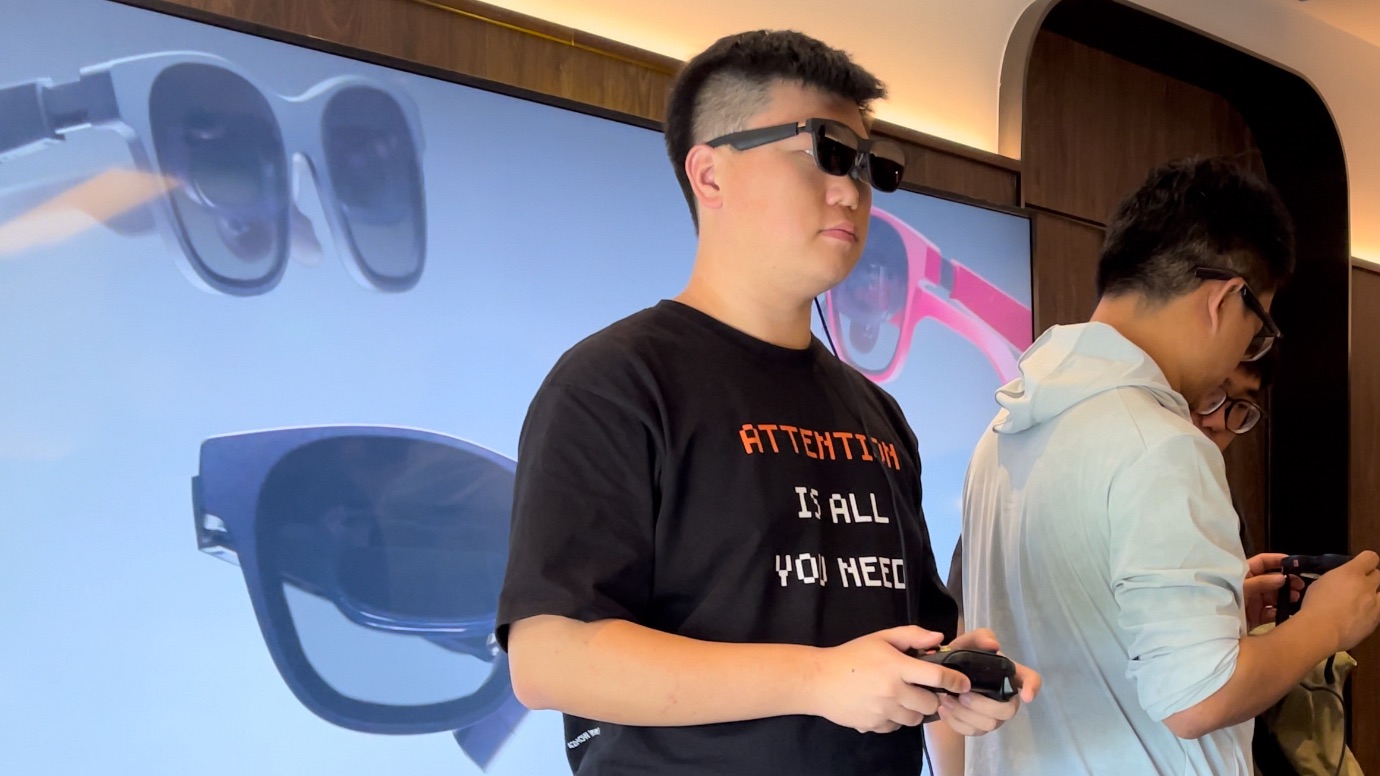If someone were to replace smartphones entirely with a single hardware device today, I believe nobody could find the perfect solution. However, if we’re talking about augmenting rather than replacing, AR could be one of your options. Just two years ago, at the NIO ET5 launch event, the NIO Air Glasses made their debut with an intention to expand in-car display, providing a superior viewing experience compared to physical screens. The company that partnered with NIO to create these AR glasses is XREAL.
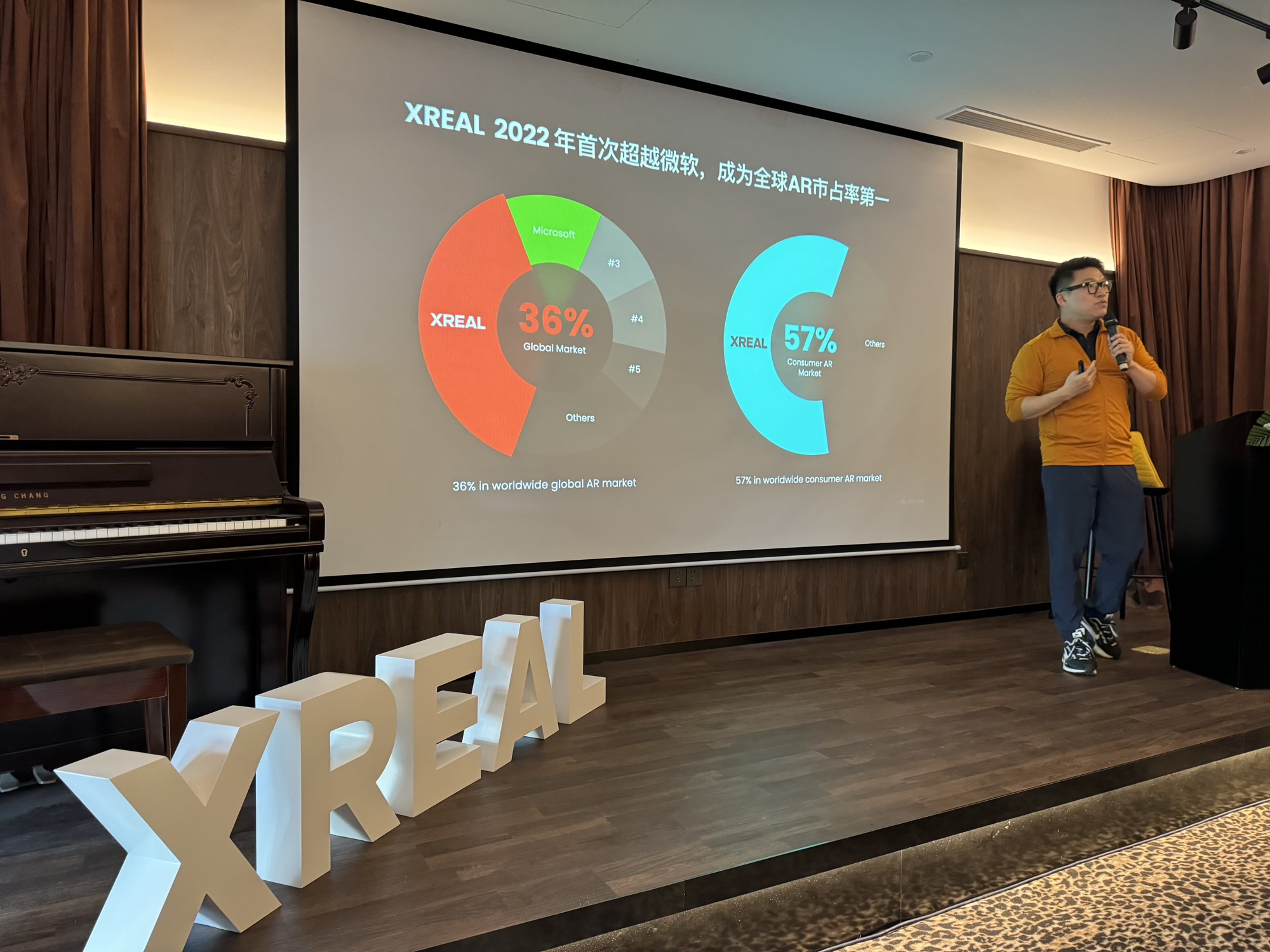
Recently, XREAL’s founder & CEO, Xu Chi, shared the company’s path to globalization. We also got to experience XREAL’s newest products, the XREAL Air 2 and Air 2 Pro, in Shanghai.
As the company with the highest global market share in AR glasses, how does XREAL view the progression of AR and how do their products continue to captivate? Answers could be found in Xu Chi’s speech.
AR’s iPhone Moment Hasn’t Arrived Yet
PCs entering every home heralded the age of the internet; the proliferation of smartphones ushered in the era of mobile internet; and the advent of XR has the potential to make space internet a reality.
However, despite being hyped as the “year of XR” almost annually for a decade, the splash XR makes each year seems to shrink. After Mark Zuckerberg fully committed to the metaverse, the industry finally heated up in 2022.
It was in this year that XREAL overtook Microsoft in market share to become the leader in the AR industry. In the first half of this year, XREAL’s global market share in the AR glasses sector reached 39%.
In June, Apple released Vision Pro, a major influence on the industry, prompting some XR products not yet on the market to “go back to the drawing board.”
While the industry is bustling, consumers remain indifferent.
At the event, when Xu Chi asked what the ultimate solution for AR would be, the room fell silent. After a few seconds, someone suggested that the final form would be achieved “when people no longer need to pick up their phone screens.”
Yet, even the strong contender, Apple Vision Pro, doesn’t have the capability to replace phones. In the face of this reality, XREAL’s AR has gone through several phases:
1.0 Phase: Create a visually appealing, lightweight, full-feature AR glasses with brilliant display for the spatialization of mobile internet. Products of this phase mainly target developers. However, due to the issues like weight, heat, and lack of content, consumers weren’t convinced.
2.0 Phase: Based on the 1.0 foundation, support a broader range of device connections to provide users with actual usable content. At this point, AR glasses haven’t reached their final form yet, but appear as a “portable digital space screen” in people’s usage scenarios, with the potential to reach hundreds of millions in scale.
2.5 Stage: Building upon the 2.0 version, further iterations have improved the display and wearability, adapting to a growing range of consumer products. This is the XREAL Air 2 series.
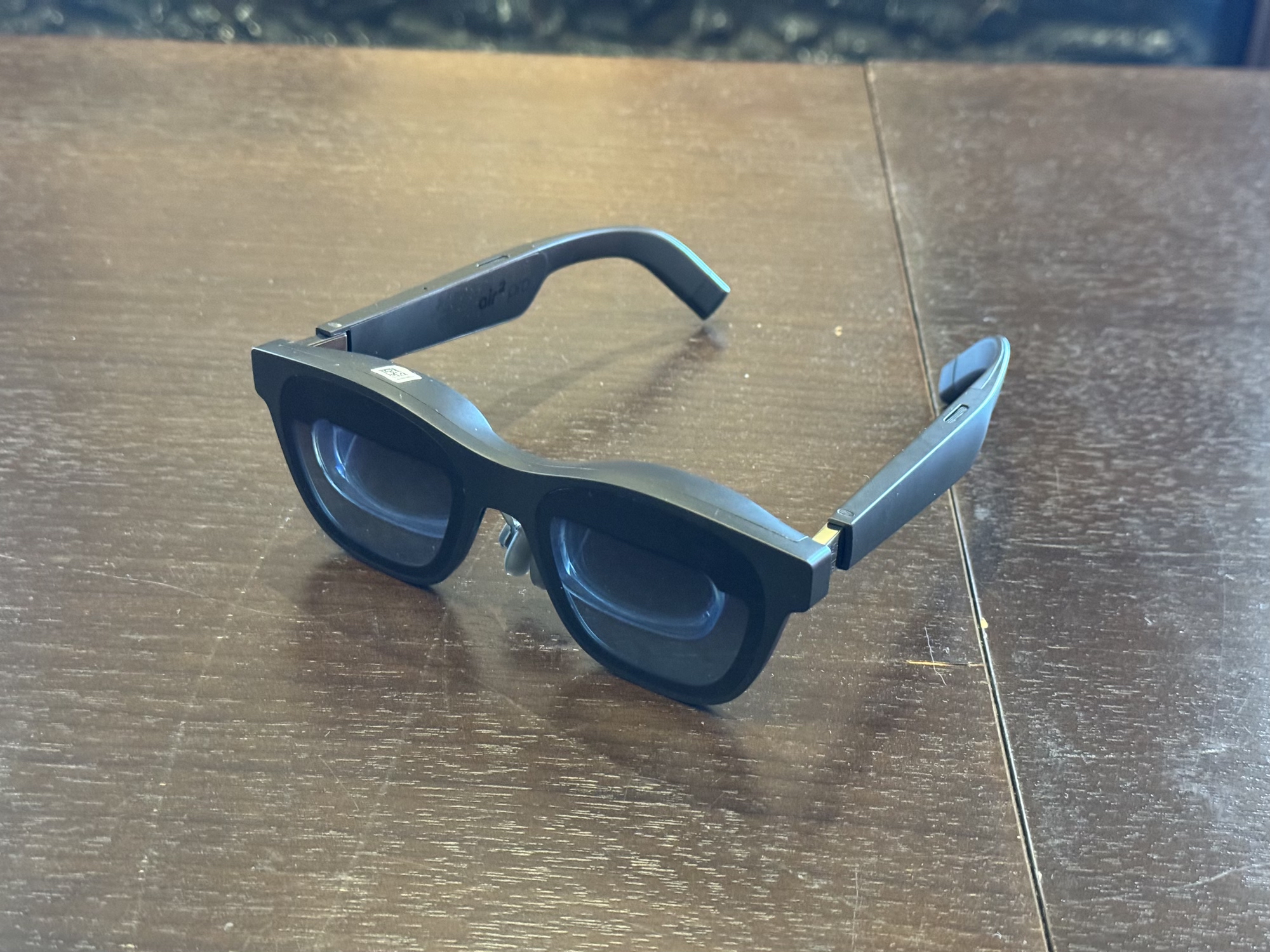
Evidently, the AR era for iPhone hasn’t arrived yet.
As Xu Chi states, today’s AR industry is akin to the smartphone industry in 2005/2006. During these years, a multitude of smartphones emerged, but the iPhone hadn’t yet materialized. 2023 is similarly bubbling with diverse AR offerings, presenting another period of fierce competition.
Reflecting on iPhone’s progression, amplified shipments coupled with the introduction of the App Store, and one ‘killer’ app after another, continually increased iPhone’s market share.
Xu Chi suggests that the AR sphere will also see a couple of leading manufacturers making substantial technological and product breakthroughs, facilitating product scalability, followed by a symbiotic growth of the terminal and ecosystem.
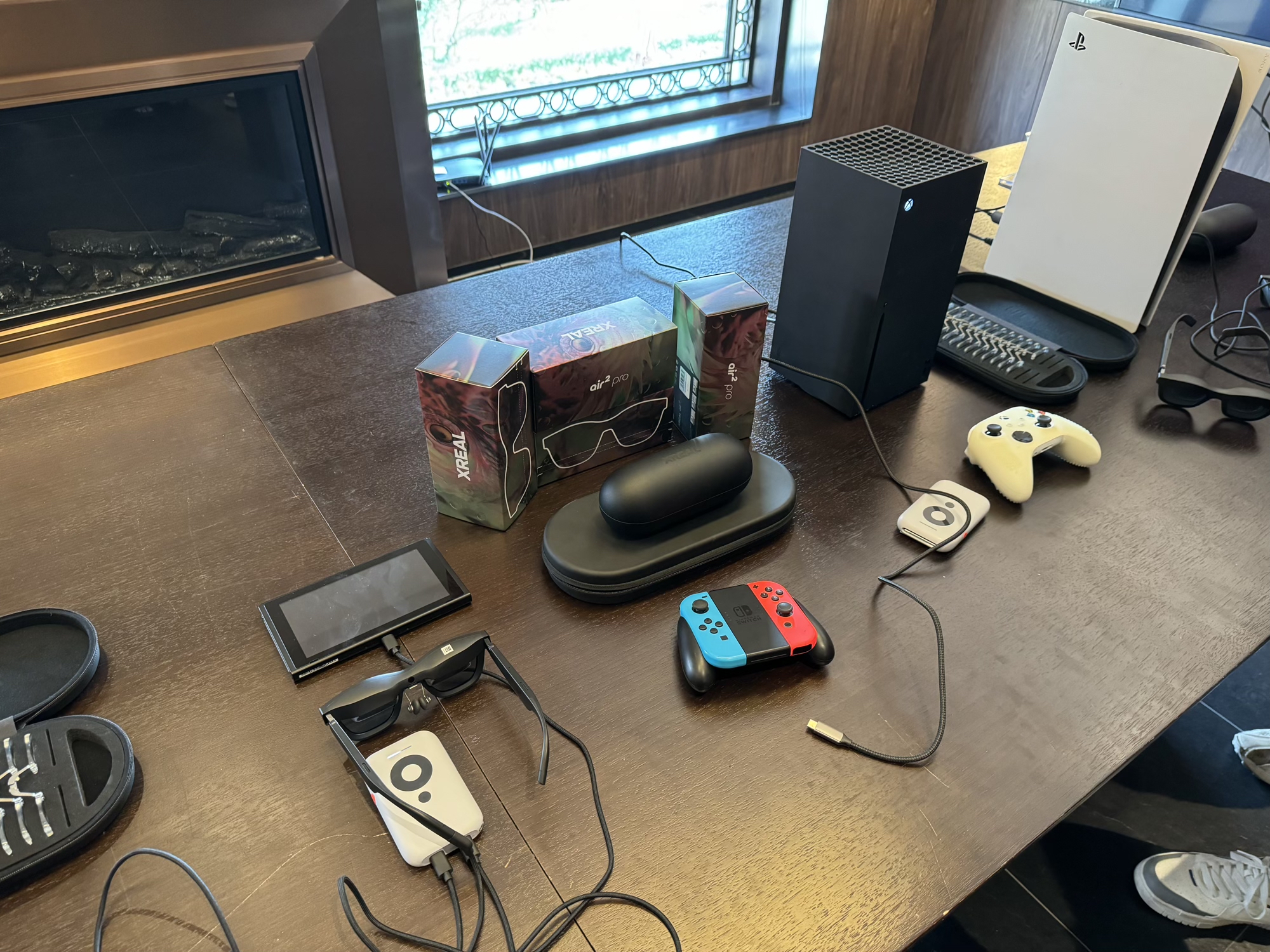
So, for all industry entities, the AR development pathway is admittedly clear, akin to an ‘open book exam.’ The challenge of such an exam lies in the precise alignment of product and technology.
As a startup, XREAL has precisely positioned itself. Xu Chi asserts, “Our goal indubitably lies in being at the forefront of the industry, seeking to thrive through hardware superiority and differentiation, fostering a thriving native AR content ecosystem and terminal scale, which to us represents a market of hundreds of millions.”
Why does Apple’s most ‘stacked’ product resemble XREAL?
For a corporate CEO, few queries are as provocative as commenting directly on the products of competitors. After the launch of Apple’s Vision Pro, Xu Chi was often asked for his appraisal of Apple’s product.
With a price point nearly tenfold higher than XREAL Air 2, both are clearly not within the same product competition. Intriguingly though, Cook has dubbed Vision Pro as AR, seemingly bridging the gap between the two.
Xu Chi regards the Apple Vision Pro as ‘Apple’s first-ever stacked product.’
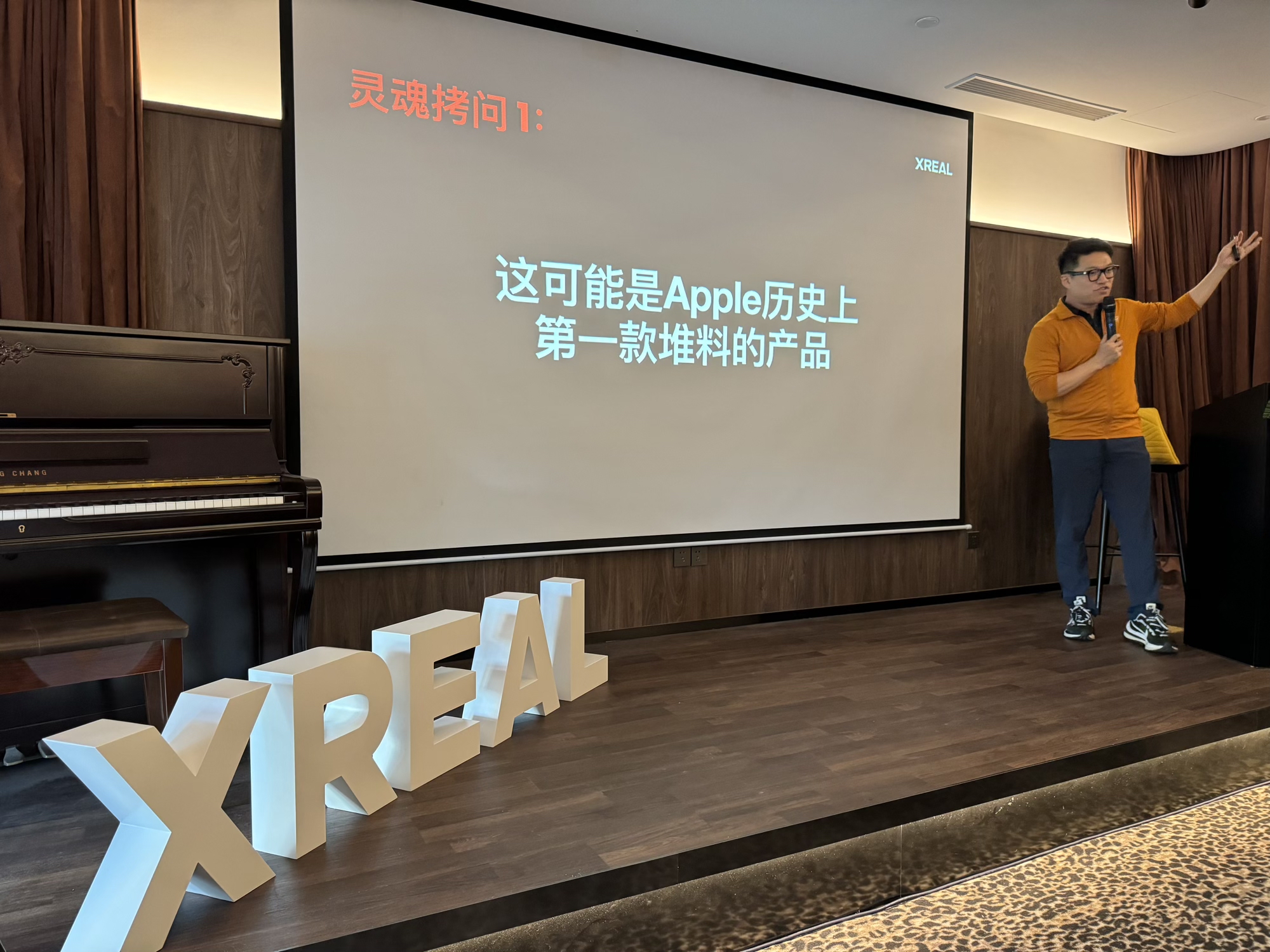
However, this doesn’t necessarily imply that the product is sufficiently ‘Apple-like.’ At the launch, no Apple executives modelled Vision Pro, a far cry from the customary product presentations, such as lounging on a couch for the iPad release or unveiling the MacBook Air from an envelope.Xu Chi believes that while the Apple Vision Pro is impressively powerful, its cumbersome form and potentially prohibitive price may deter consumers. However, Apple has done one thing extraordinarily well: porting its existing ecosystem onto the Vision Pro.
Interestingly, the key application scenarios that Apple demonstrated for the Vision Pro align nicely with those of XREAL’s product, including entertainment, gaming, and productivity tools.
Will AR Surpass VR in Three to Five Years?
At the end of the sharing section, Xu Chi made three industry predictions:
- Today’s AR industry lacks a robust ecosystem, but the portable spatial screen might be the first billion-dollar market scene for AR.
- AR will surpass VR within three to five years.
- China will lead XR industry innovation with a final target of spatial internet. A key question arising from the session was, how could AR surpass VR?
Xu Chi stated that VR glasses do not provide enough safety perception. The intense discomfort and insecurity brought by a completely sealed environment could not be downplayed even if the VR glasses come with See-Through features.
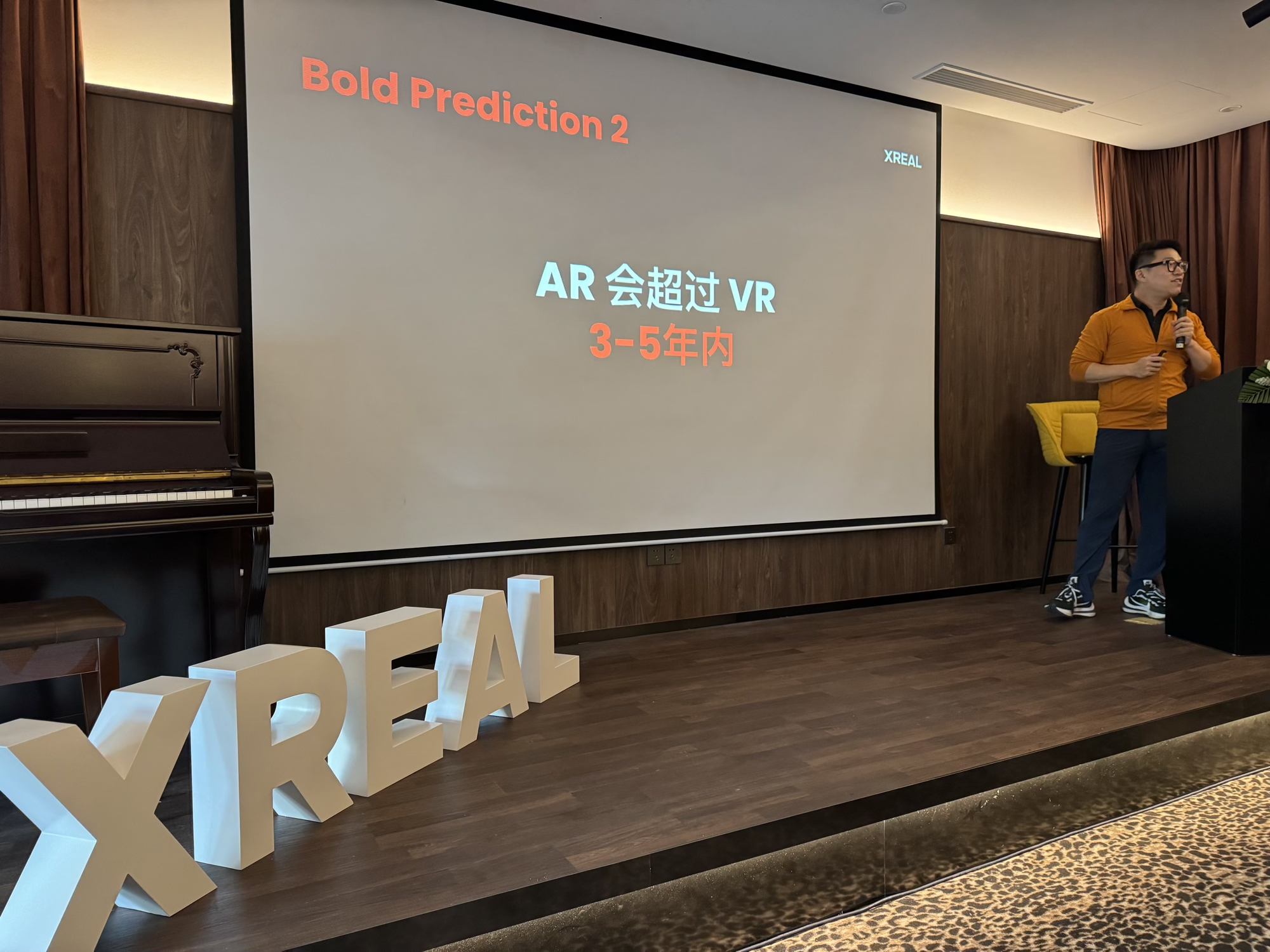
He further stated that the reason existing VR manufacturers are trying VR first is because it has a lower entry barrier while the mass production of AR will take more time.
At the same time, the See-Through feature precisely brings users back from the virtual world, adding an element of reality. Unlike VR glasses, products like XREAL’s AR glasses do not have this problem as users, through the lens, see the real world.
This article is a translation by AI of a Chinese report from 42HOW. If you have any questions about it, please email bd@42how.com.
